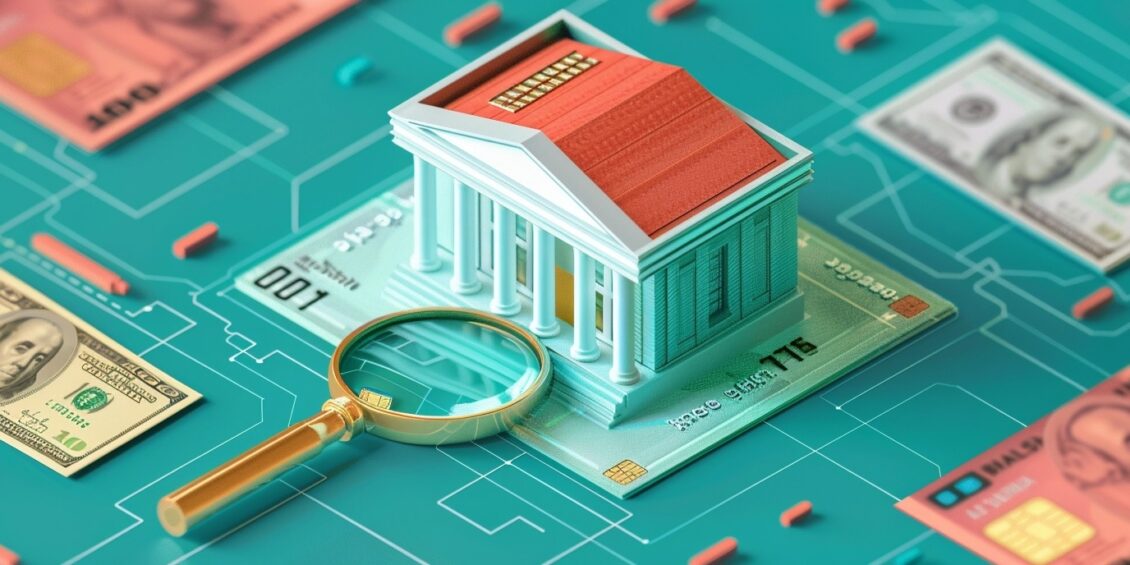
Is crypto dead? This is a question I seed asked fairly regularly now that the cryptocurrency shine seems to have dulled a bit.
The 2024 Cardholder Dispute Index asked 4,000 people in the US who shop online about how they like to pay. Fewer than 1% of respondents said they prefer to use cryptocurrency, like Bitcoin, for buying things online. Also, the survey found that only about 4 out of 100 stores that sell things online let customers pay with cryptocurrency.
The crypto space has been rocked by burgeoning regulation, increasingly bad press, and a lukewarm public in recent years. So, it’s easy to see why so many feel pessimistic about the blockchain. But is it really dying? Or is it just changing?
Most Shoppers are Keeping it Basic
The Cardholder Dispute Index also found that most people still like to use credit and debit cards more than other ways to pay when they shop online. About 80 out of every 100 people asked said they choose to use credit or debit cards for their online purchases.
The study found that 10% of respondents liked mobile wallets as their preferred payment method. The remaining 10% were split among crypto, buy-now-pay-later services, P2P apps, and other alternative payment methods.
It seems those people who own crypto are treating it just as an investment, not a real currency. About 4.2% of people worldwide have some cryptocurrency. But, looking at what we learned from the Cardholder Dispute Index, it looks like most people who have cryptocurrency treat it more like an investment asset. They don’t really use it as money for everyday buying and selling.
Price Volatility & Regulation are Issues
One big problem stopping crypto coins from becoming a widely accepted currency is volatility.
The values can jump up — or down — very quickly. Unlike the fiat currency we’re all used to, the value which increases only very gradually, the value of cryptocurrencies like Bitcoin can change a lot in just 24 hours. This makes it tricky for both shoppers and store owners to use it for everyday buying and selling.
Shoppers don’t want to spend their cryptocurrency if it might be worth more tomorrow, and store owners don’t want to take it if it might be worth less by the time they convert it. Also, a lot of people just don’t get how it all works or trust it enough yet, which slows things down too. Most people are more comfortable sticking to what they know, like paying with credit cards or using apps on their phones to buy things.
Moreover, the rules around using cryptocurrencies are still not clear and can be very different depending on the country or region. This uncertain situation makes it risky for both businesses and customers to use cryptocurrencies for regular buying and selling. The concern isn’t just about whether it’s legal to exchange cryptocurrencies, but also about how tax law applies, anti-money laundering legislation, and keeping customers safe from scams.
As governments and banks are still trying to figure out the best way to manage these digital currencies, this uncertainty isn’t going anywhere for a while. This makes it hard for crypto to become a common and regular currency.
What Does the Future of Crypto Look Like?
Even with these issues, it’s key to see that the cryptocurrency world is still changing and growing. New ideas like stablecoins, which are tied to fiat currencies like the US Dollar, have been proposed as solutions to the wild swings in value of crypto. This could make using digital money easier and more practical for everyday use.
Also, the underlying technologies behind cryptocurrencies, such as blockchain, are getting better. They’re becoming more scalable, secure, and faster for transactions as processing power becomes more affordable. These improvements could help solve some of the problems that stop cryptocurrencies from being used more for everyday payments.
As more people learn about and start to trust blockchain technology, and as the rules around it get clearer and more the same across the world, we might slowly see more people using cryptocurrencies as a natural way to pay. Teaching people about this technology and making them feel comfortable with it are big steps in this change.
Right now, cryptocurrencies have a long way to go before they’re as common as paying with cards or cash for daily buys. But, with new tech, clearer rules, and better understanding and trust from people, there’s a chance for cryptocurrencies to become one more payment option that shoppers and stores can use.
